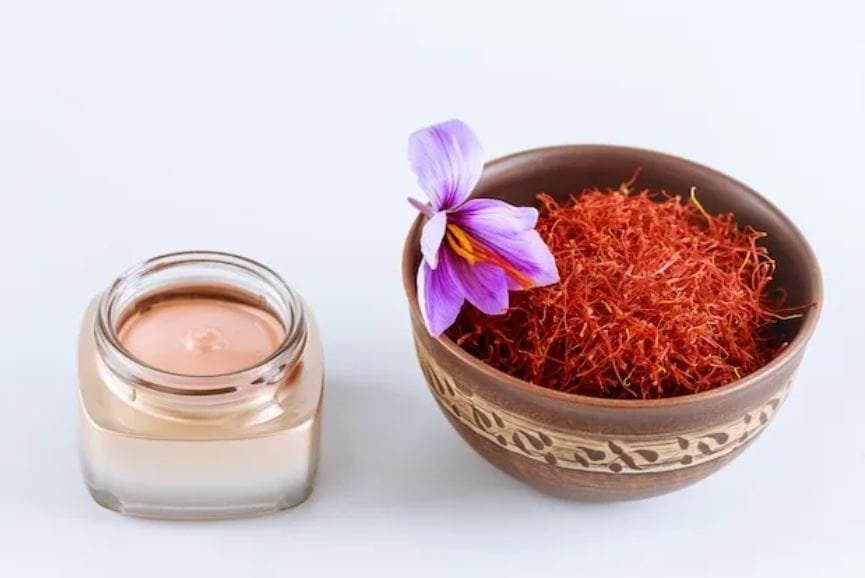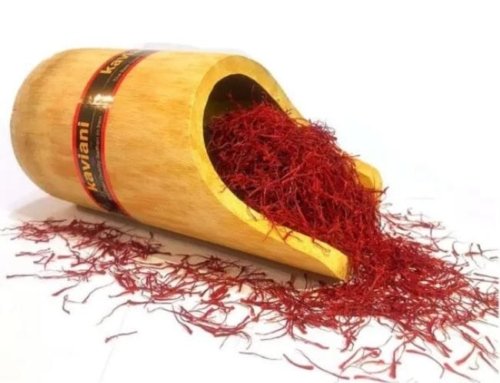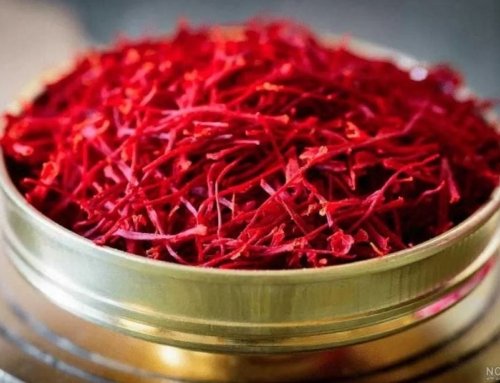 Saffron Cultivation and Growing Conditions for Premium Saffron
Saffron Cultivation and Growing Conditions for Premium Saffron
Saffron Cultivation Methods :Saffron cultivation requires a temperate climate, and special care should be given when preparing the land for planting. The ideal planting season for saffron spans from July to October.
Growing Saffron
Saffron Cultivation Methods :Saffron (Crocus sativus) is part of the Iridaceae family. This perennial herb has a white-colored corm (bulb) that produces both central and side buds. The roots are fibrous and short, typically emerging in a circular pattern from the base of the corm. The flower consists of six petal-like segments—three sepals and three petals—of the same color, with a fragrant aroma. Additionally, it features three stamens with yellow anthers and a white-style stigma, which is red-colored and divided into three branches.
The leaves are narrow and long, with a dark green or grassy color, measuring about 20 to 50 cm in length. Moreover, there are 5 to 11 leaves in total. Both flowers and leaves are enclosed in a membranous tube called a spathe, which supports them until they emerge from the soil. Importantly, saffron is a triennial plant and does not produce seeds.
Saffron Planting Methods
There are several methods for planting saffron, including:
- Copy and hole method
- Strip planting method
- Clump planting method
In the hole method, a person digs a hole 20 to 25 cm deep and wide using a shovel. Then, 3 to 15 corms are placed in each hole, and another person covers them with soil, leveling the ground. The distance between each hole should be 15 to 20 cm within a row, and the distance between rows should be 25 to 30 cm.
Ideal Climate for Saffron Cultivation
Saffron Cultivation Methods :Saffron thrives in regions with a temperate climate. These areas experience hot and dry summers, along with mild autumns and winters. Consequently, this combination creates an optimal environment for growing saffron. However, saffron is quite adaptable, as evidenced by successful cultivation in colder regions like Hamedan, Iran.
Preparation of Land for Saffron Cultivation
Saffron Cultivation Methods :When preparing land for saffron cultivation, it’s important to focus on careful planning. Ideally, plow the soil in the fall or winter. However, if conditions are unfavorable or if access to tractors is difficult, plowing can also be done at the end of spring or early July.
Soil Requirements for Saffron Cultivation
Saffron Cultivation Methods : Saffron does not grow well in saline, clayey, or overly sandy soils. Instead, the ideal soil for saffron cultivation is loamy or sandy-loam with slight amounts of lime. The soil’s pH should be between 7 and 8. Additionally, the soil should be fertile, sweet, and free of weeds. Moreover, it’s essential to plant saffron in land that hasn’t been used for saffron cultivation in recent years.
Optimal Time for Saffron Planting
The ideal time for planting saffron is between July and October. After planting the saffron corms, the plants can yield for 4 to 10 years, eliminating the need for annual replanting.
Saffron Bulb Preparation
Saffron Cultivation Methods : Saffron bulbs must be healthy, free from pests and diseases, and selected with great care. The best time to collect saffron bulbs is from early July to late September. Selecting quality corms is critical for successful saffron cultivation, so it’s important to be thorough when choosing the bulbs.
Planting Saffron Bulbs
Saffron Cultivation Methods :The planting process begins by digging holes in rows, where 3 to 15 corms are placed in each hole. The planting depth should be between 15 to 20 cm, with the bulb’s tip facing upward. This depth protects the corms from the cold during winter and heat in summer.
After planting, leave the land undisturbed until the fall irrigation period. Before this, apply 10 to 20 tons of decomposed animal manure. Use a rake or similar tool to level the soil, ensuring the corms are firmly anchored.
Quantity and Quality of Saffron Bulbs
Saffron Cultivation Methods : Saffron bulbs should be large, healthy, free of wounds, and disease-free. Ideally, the bulbs should be at least 7 years old. Furthermore, any excess skin or corm clumps should be removed before planting.
By following these careful methods for planting and cultivating saffron, you can ensure a high-quality saffron harvest in the future.


![Exporting Saffron to Turkey + Price Guide [Complete 0 to 100]](https://www.rowhanisaffron.com/wp-content/uploads/f1-372-500x383.jpg)




Get Social